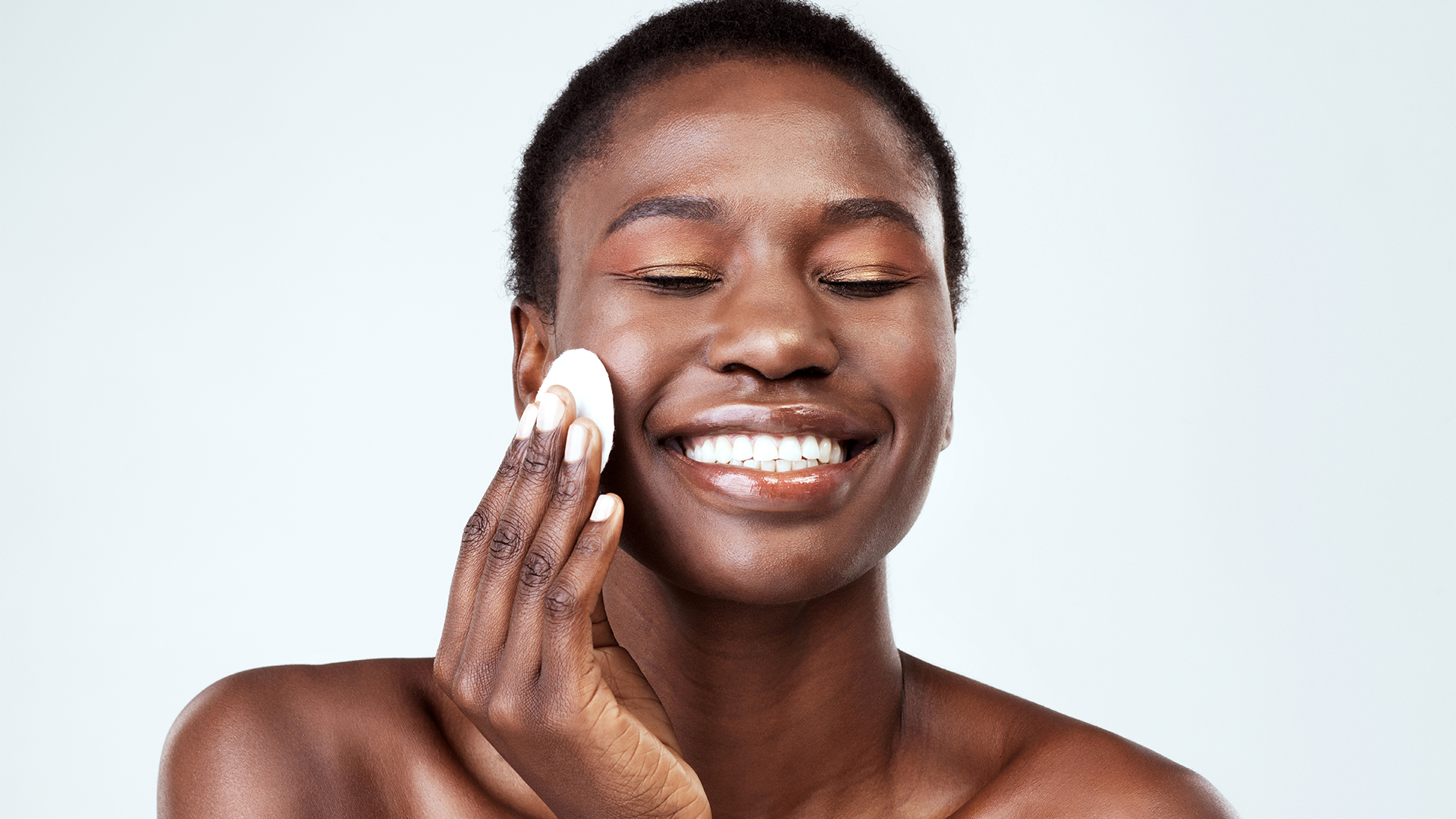Is glycolic acid bad for your skin in the long run?
Glycolic acid is hailed a game changer but is it all it's cracked up to be? Two experts weigh in...

Glycolic acid may sound like something you shouldn't apply to your skin. But it's becoming an increasingly common ingredient as beauty shelves buckle under the weight of toners, serums, cleaners and at-home peels that all contain this potent acid.
A derivative of sugar cane, glycolic acid belongs to a family of skincare acids called Alpha Hydroxy Acids, or AHAs, which have become a byword for exfoliation and sped-up cell renewal. For some however, it's also the root cause of skin sensitisation and irritation.
So is it a case of misuse that's leaving us red faced? Or should be be steering clear of glycolic altogether? These two skin experts weigh in on the debate...
"Yes, we should avoid glycolic acid" - Dr Barbara Sturm, aesthetic doctor
"When people use harsh treatments like glycolic acid and acid peels they make your skin super waxy and it’s mistaken for glowiness. The shininess is basically raw skin as you're taking off healthy skin layers. It makes your skin vulnerable and damages its barrier function so it doesn't have any protection any more.
The skin is like a fortress and your protection tool so the skin barrier has to really be intact to keep stressors like UV light and pollution from entering the skin. Bacteria can also enter the skin if the barrier is not intact while water can leave, so we lose the moisture we want our skin to have.
My skincare philosophy focuses on keeping the skin barrier strong and about making your cells super healthy. So when it comes to exfoliation, I prefer to use enzymes as they are gentler at removing dead cells. The Enzyme Cleanser stimulates cell turnover but won't disrupt the skin's barrier function."
"No, used correctly glycolic acid can be a game changer" - Abigail James, celebrity facialist and UK Skin Expert for Philosophy
"Glycolic acid is well known for being a reliable surface exfoliant, dissolving skin cells to brighten and smooth the appearance of the skin. It can be really effective as part of a skincare routine and also aid in clearing the pathway for other actives to be better absorbed into the skin.
Sign up for the woman&home newsletter
Sign up to our free daily email for the latest royal and entertainment news, interesting opinion, expert advice on styling and beauty trends, and no-nonsense guides to the health and wellness questions you want answered.
I am a huge fan of acids, although it does depend on your skin type and the strength and type of products used. For a normal skin type you might add in a weekly medium-strength at-home peel containing glycolic acid such as Philosophy’s Microdelivery Dream Peel. For a sensitive skin type, I’d recommend using this once a month. Thicker oily skin types are fine using a medium-strength glycolic product once a week or perhaps a daily cleanser followed by a quick swipe of glycolic toner.
The key is not to overuse acids. If they are in the cleanser, serum and mask that you are using on a daily basis it is highly likely this will be too much for the skin. That's when you could compromise the skin’s barrier."
Fiona Embleton is a beauty writer who is now Acting Beauty Editor at Stylist. She is obsessed with Isabel Marant and cats.
-
 Kate Moss's best looks, from 90s slip dresses to leopard print staples
Kate Moss's best looks, from 90s slip dresses to leopard print staplesEffortless and stylish, our favourite supermodel has an iconic style that can easily be recreated
By Kathryn Lewsey
-
 Helen Skelton's layered look is giving me plenty of country chic style inspiration this Earth Day
Helen Skelton's layered look is giving me plenty of country chic style inspiration this Earth DayShe paired a mocha-coloured jumper with a blue shirt and a pair of wellies by Kate Middleton's favourite brand
By Caroline Parr